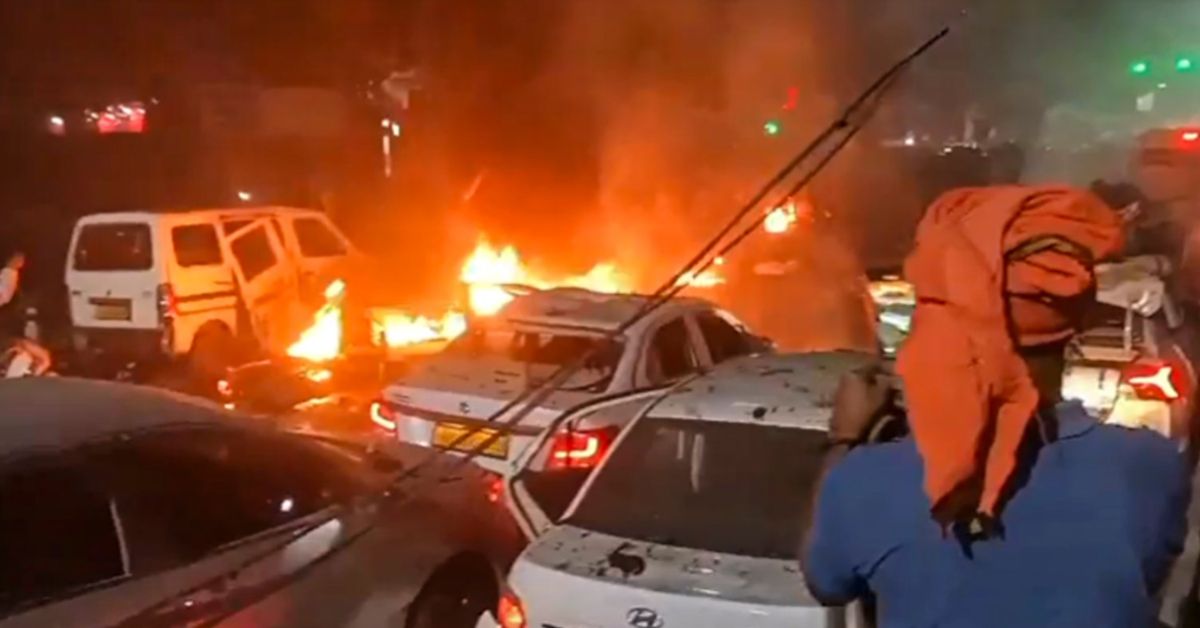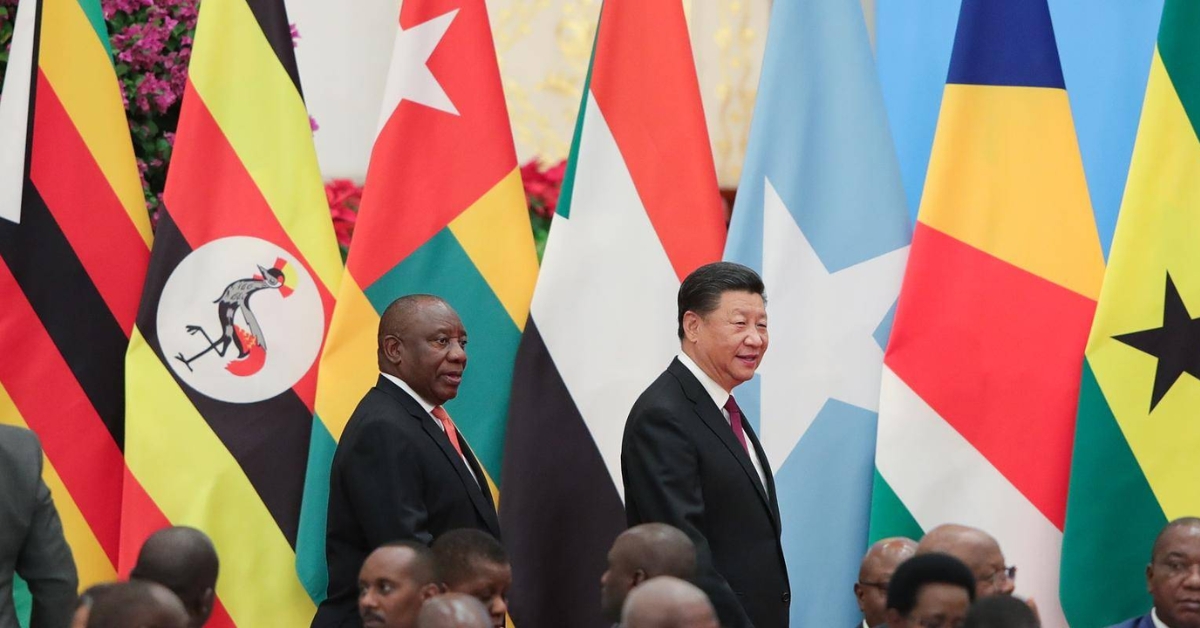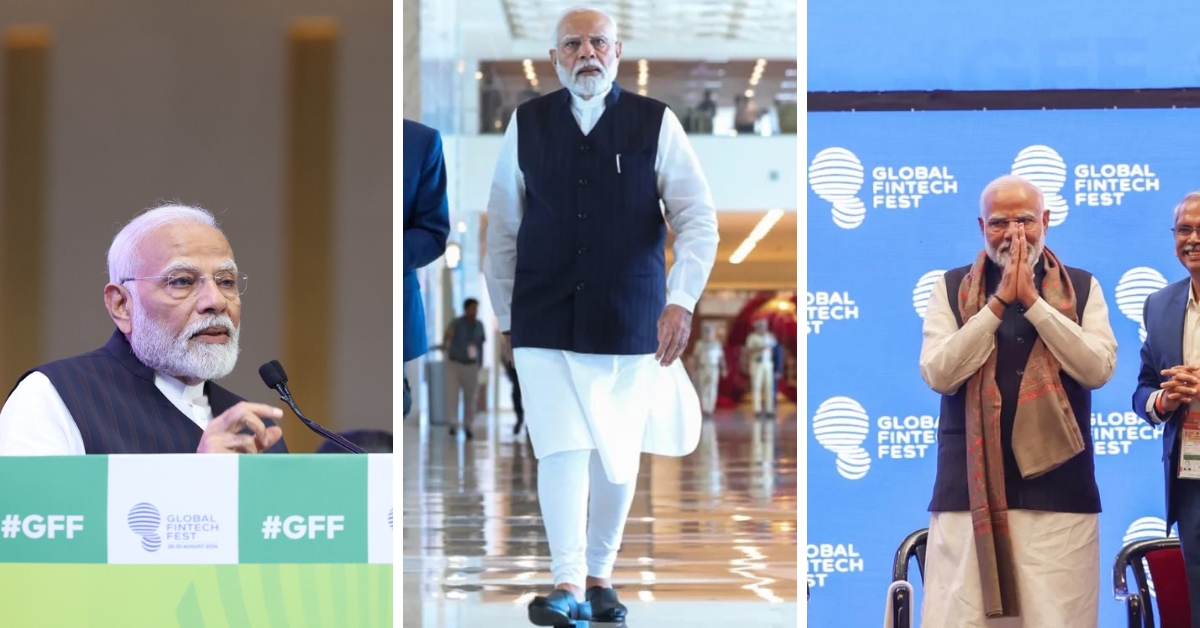Table Of Contents
Event Overview
Hello readers, this is Alex from the THOUSIF INCORPORATED news desk, and I am reporting on a sad event that has shocked everyone in India.
On November 10, 2025, a big bomb blast happened near the famous Red Fort in New Delhi, and it turned a normal, busy evening into a scary time full of pain.
The Delhi blast started around 6:30 PM, and it has been the main talk in Indian news and Delhi news because it makes people worry about safety in the city.
We want to explain everything in simple words, so you can understand what happened, hear about the people hurt, and learn what leaders are doing to fix things and keep everyone safe.
The blast came from a parked Hyundai i20 car right outside Gate No. 1 of the Red Fort Metro Station, which people also call Lal Quila.
People who saw it said the explosion was very scary, with fire and broken pieces flying everywhere, and it broke cars nearby, plus windows and lights on the street.
Police think it might be a terror attack, so they are working hard to find out the truth.
The Red Fort area in Delhi is full of old history, tourists, and busy shops like Chandni Chowk, but this made it feel like an attack on the heart of New Delhi.
Help came fast from fire trucks and doctors, yet the news about hurt people and the search for answers keep coming.
Right after the blast, smoke filled the air, and sirens were loud, while locals and visitors ran to stay safe.
Blast Timeline
To explain the order of events, it started at 6:30 PM when the car with a Haryana number plate stopped near the metro, and a driver was seen inside before the big boom that wrecked the car and others around it.
By 6:35 PM, calls for help came in, so the Delhi Fire Department sent seven trucks, and people like Mohsin Ali tried to help others through the thick smoke, where broken things and sad sights were scattered.
At 7:00 PM, police closed off the area, including the Red Fort and shops, and shut the Lal Quila Metro, but kept other trains running.
Home Minister Amit Shah came at 8:00 PM to see the place and visit hurt people at Lok Nayak Hospital, saying they are checking every idea.
Then at 9:00 PM, Prime Minister Narendra Modi wrote online to say sorry for the loss and promise that bad people “will not be spared,” and he planned a big meeting.
By midnight on November 11, we knew at least 13 people died and over 24 were hurt, with experts finding the bomb used ammonium nitrate fuel oil.
In the morning, the whole country went on high alert, the Red Fort stayed closed until November 13, and more guards were put at important places across India.
This shows how fast things moved, but also how sudden danger can be in a crowded spot like Red Fort Delhi, where one shop owner said it felt like the ground shook and screams filled the night.
Victims’ Stories
The saddest part of this Red Fort explosion is the people who got hurt or lost, because their stories show the real pain.
Reports say at least 13 people died, and the numbers changed a bit at first because hospitals were busy and chaotic.
More than 20 others are injured with burns, cuts from flying pieces, and shock from the blast.
These were normal folks like e-rickshaw drivers, shop sellers, and people walking home who were just in the wrong spot.
For example, Lokesh Agrawal was a shop owner from Uttar Pradesh visiting family when it happened, and his brother Sonu told how he called over a hundred times in worry before hearing the bad news.
Another is Mohsin, an e-rickshaw driver who is still missing, so his family waits in fear.
These true tales from the Delhi blast news make us see that it is not just numbers, but real lives broken in a normal Delhi evening.
Hospitals like Lok Nayak, or LNJP, are busy caring for everyone from small cuts to bad burns, and they are also helping with mental health because shock can last long.
If you live nearby and know someone touched by this bomb blast in Delhi, call local help lines, because coming together is very important now.
Investigation Updates
The search for answers in this Delhi blast is going strong, with Delhi Police leading along with groups like the National Investigation Agency, or NIA, the National Security Guard, or NSG, and experts on bombs.
They started cases under strong laws like the Unlawful Activities Prevention Act, or UAPA, and rules on explosives.
Early checks show the bomb used ammonium nitrate fuel oil, or ANFO, and it might have been set off by hand.
A main person they suspect is Dr. Umar Mohammed from Jammu and Kashmir, who may be connected to a group called Jaish-e-Mohammad, or JeM.
They think planning happened on apps like Telegram.
The car was bought and sold seven times, maybe to hide who owned it, and the person from Gurugram who last had it is now held by the police.
Cameras show just one driver so that it could be a suicide attack.
Before this, posters supporting JeM showed up in Srinagar, which gives clues, and now raids are happening while they check broken pieces more.
There were no small metal bits hurting people, so the bomb was strong but not spread out.
This whole check into the Delhi bomb blast shows how hard it is to keep cities safe, especially with links that might go across borders.
Government Response
Leaders are acting fast and strongly after this.
Prime Minister Narendra Modi said clearly online that those who planned it “will not be spared,” and he talked urgently with Home Minister Amit Shah.
Shah went to the blast spot and hospital, then led a meeting at Kartavya Bhawan with top bosses from the intelligence.
Now Delhi is on high alert with more security at shops, airports, trains, and big places.
The Red Fort is closed until November 13, which hurts tourism, and the same safety steps are in other states like Jammu and Kashmir, Punjab, Haryana, and Kerala.
Even the Chief Justice of India, B.R. Gavai, said sorry for the loss during the court, showing how everyone feels together.
People from other parties, like Congress MP Priyanka Gandhi, called it “very sad,” and others are asking for tough steps against those who praise violence.
This team effort in the Indian news is to make people feel safe again in New Delhi.
Global Reactions
The whole world is sad about this Delhi blast and is showing support.
The US Embassy sent warnings and prayed for the hurt ones.
The UK changed travel advice, while Israel’s leader called it “heartbreaking” and thanked helpers.
China’s Ambassador Xu Feihong said he was sad, and Egypt’s group sent deep sorry words.
Even Bhutan’s King had big prayers for those hurt.
These words show how a blast at the Red Fort touches hearts everywhere and brings kindness in hard times.
Historical Context
New Delhi has seen bad times before, like blasts in markets during the 1990s and 2000s that killed many and were linked to bad groups.
The Red Fort, built in 1648 by Shah Jahan, has lived through fights and changes, including being a base for freedom fighters in the 1857 fight against British rule.
Now we have better things like cameras and fast help teams, but busy areas are still at risk.
This bomb blast in Delhi teaches us from old lessons and says we need to watch carefully, as seen in the Indian news.
Red Fort Trivia
Here is a fact to think about: The Red Fort has huge red stone walls over 2 kilometers long, but in 1857, it was a strong place for fighters against rule, showing a spirit of fight. This shows why the Red Fort in Delhi is not just old rocks, but a sign of India’s strength.
Broader Impacts
The effects of this Delhi bomb blast go far beyond the spot.
Tourism is hurt because the Red Fort is closed, and sellers in Chandni Chowk see empty roads, especially before holidays.
Buses and trains are messed up, making it hard for people to go places.
Money-wise, more security costs a lot but makes jobs in guard work.
People are told to report if they see odd things, which helps everyone watch out, and tales of giving blood or help show Delhi’s kind side.
On social media, tags like #DelhiBlast and #RedFortExplosion are full of prayers and anger.
Experts say bad ideas on apps are a danger, so we need better information sharing and teamwork.
This fits the big world problems of city dangers, starting talks on borders, and fighting terror.
Ways of attacks changed from many blasts to one person using normal things, and Delhi’s many people make it risky, so better city plans are needed.
Stories of fun outings gone bad or jobs lost show why stopping this matters.
JeM’s past, like the 2019 Pulwama blast, worries about more trouble, but talks with others give hope.
Help for minds is important because hurt feelings last, and schools might teach safety without scaring.
Tech like flying cameras can watch better.
Like attacks in Paris 2015 or London 2005, this calls for world help.
Rules should be stronger on laws, sharing, and stopping bad thoughts. Help for the hurt ones has money and care plans.
News should tell facts, not make it big.
Blasts make the air dirtier in Delhi, which is already bad.
Laws balance safety and rights. People might doubt more, but also join closely.
Art and songs help heal.
Young people push for change online, and old ones tell strong stories. Women sellers need special help.
Hospitals get ready for busy times.
Travel, homes, money, safety, games, and parties all feel it. Shops go online, new ideas come, and giving helps grow.
This hard time tests Delhi, but it builds back better.
Security Insights
Looking closer, using ammonium nitrate from farms shows the need for rules.
Many people in cities need to spread out to spots with good buses.
Groups like JeM go over borders, so world info is key.
Local bad ideas worry, so town watching helps.
After blasts, mind groups are like before.
New companies make report apps.
Talks with close countries might calm down.
Dirt from broken things hurts Delhi’s air.
UAPA helps act, but needs to be watched.
Walks bring people together.
Writers and makers share feelings.
Young ones spread the word and ask for a fix.
Old shares past strong. Help just for women hit.
Hospitals plan for crowds.
People change the way they go.
Money claims go up.
Fun times get more guards.
Party feels low, but hope stays.
Visitors check safe words.
Shops sell online.
Safe tech grows.
Help from friends, maybe.
This Delhi blast story changes, but people’s ties stay strong.
Community Resilience
Groups come with blood and watches.
Brave ones like firefighters and doctors get thanks.
Big meanings for India news have ruled talks.
World safe links grow.
Ways change, but fight back better.
Stop by knowing.
Hurt tales bring care.
Fair fix stops copy.
Delhi’s past comes back calm.
All together, go on.
Final Thoughts
In the end, this Delhi bomb blast near the Red Fort is a deep, sad thing, but it shows the strong heart of New Delhi and India that cannot be broken.
From us at THOUSIF INCORPORATED, we send our big sorry to all touched.
Let us stay watchful and help each other.
Stay safe!




